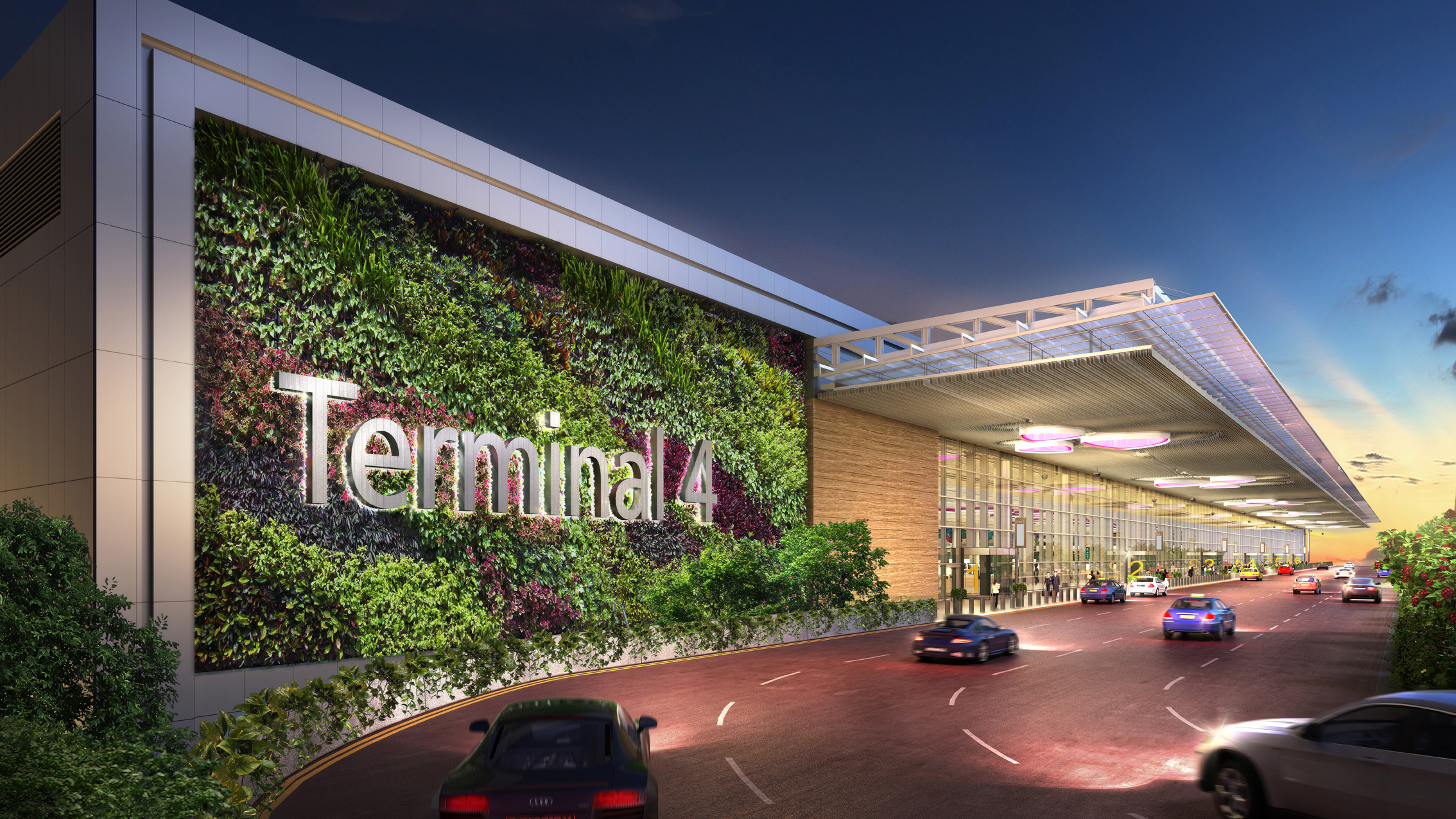If you visit the latest addition to Terminal 4 at the Changi Airport in Singapore, do not be surprised if you see robots cleaning and mopping up the floor. The robots, which have cartoon faces, cost about SGD80,000 each and can cover 1,600 square metres per hour.
The addition of robots with the housekeeping function is being done to beat the labour crunch. Changi Airport Group (CAG) has deployed four automated cleaning robots at the terminal after a search that took about three years. It is planning to add six more in 2018.
In addition to the terminal floors, robots are also being used to clean car parks and toilets. CAG said this will reduce housekeeping manpower by about 20 per cent overall, and make its employees more skilled.
Kenneth Ho, senior manager of facilities management at CAG, told a Singapore-based newspaper, “ Terminals 1 to 3 will soon see such cleaning technology, after studies are done on the robots’ efficacy at T4. Airports in New Zealand and some parts of the United States use similar technology.”
He said, “We are looking at a wide fleet of cleaning robots. The job redesign process includes many different parts, from toilet cleaning, car park cleaning to floor cleaning, so we do see airports using some of this technology in parts, but not in full.”
Housekeepers deployed at the Changi Airport are trained to programme the robot to mop, clean and pick up small items, among others.
69-year-old housekeeper Tan Tiong Wah, said, “It’s exhausting to clean these wide floor areas by ourselves. Using these robots makes life easier for us.”
Besides housekeeping, Changi Airport has introduced automation and technology in the ground handling, security, housekeeping, retail and F&B sectors, which comprise 80 per cent of all employees at the airport.
T4 is being touted as a test-bed for technology and innovation. It features automated check-in kiosks as well as automated immigration clearance and boarding gates – all equipped with facial recognition technology.



